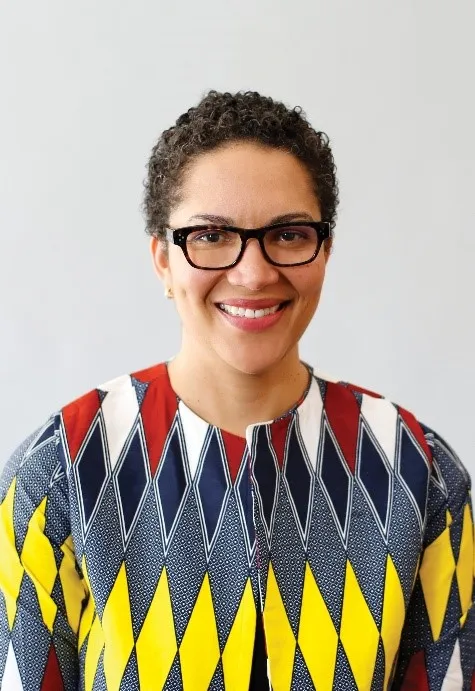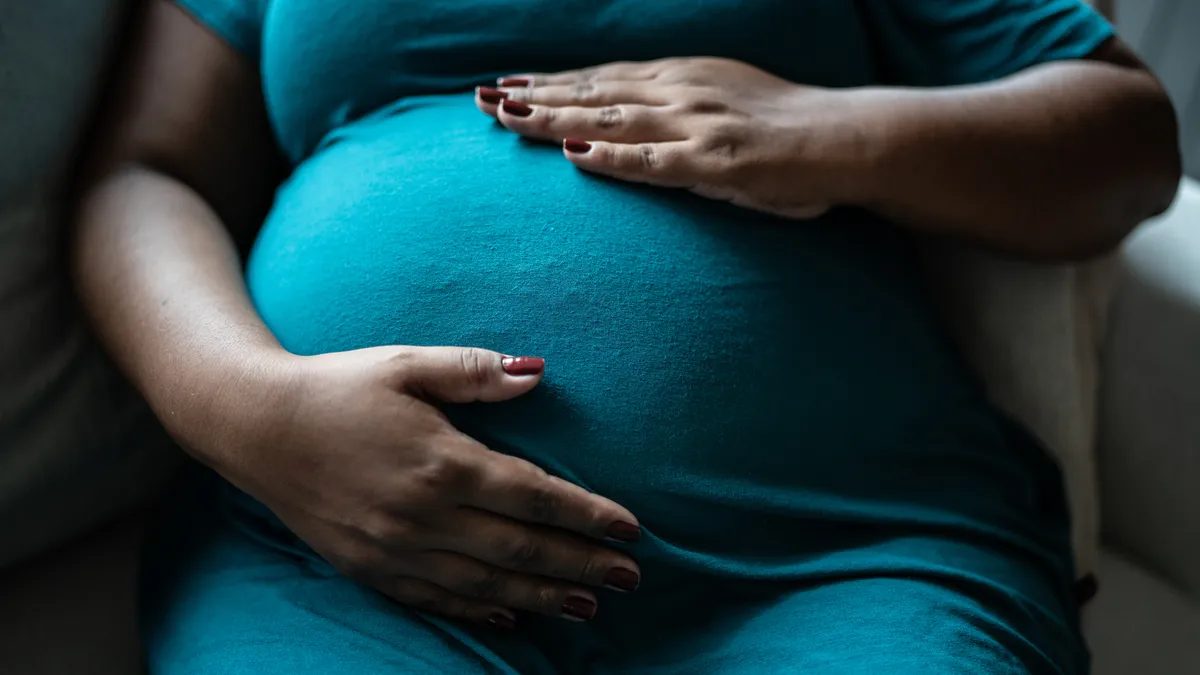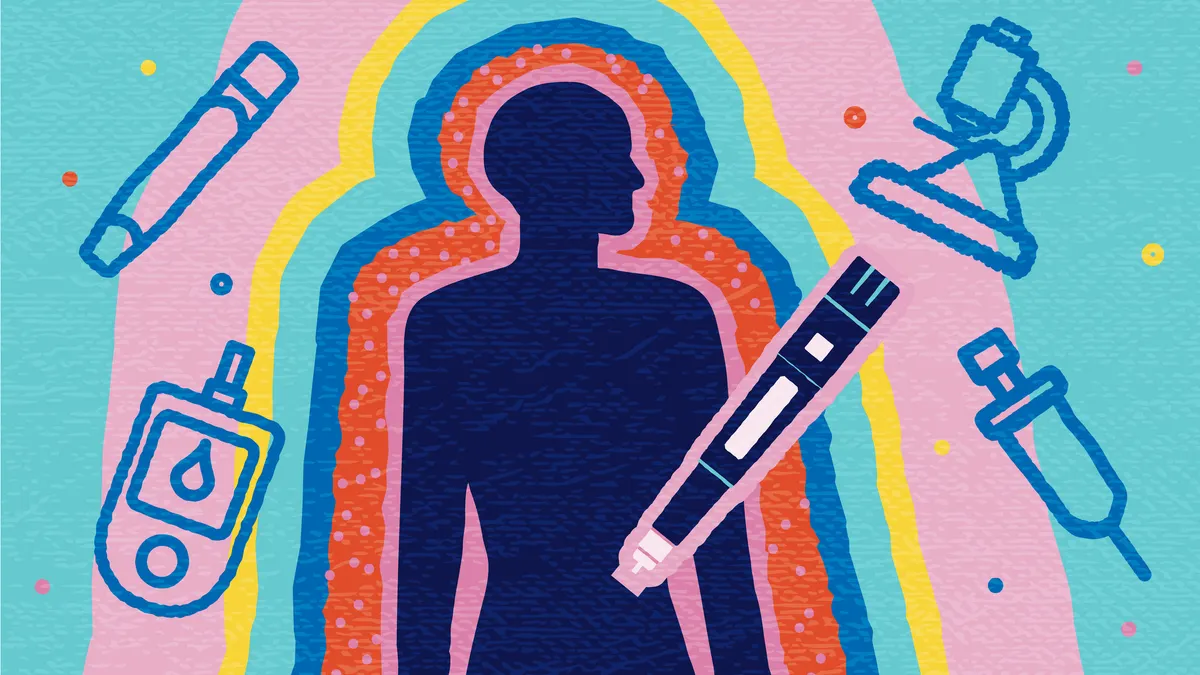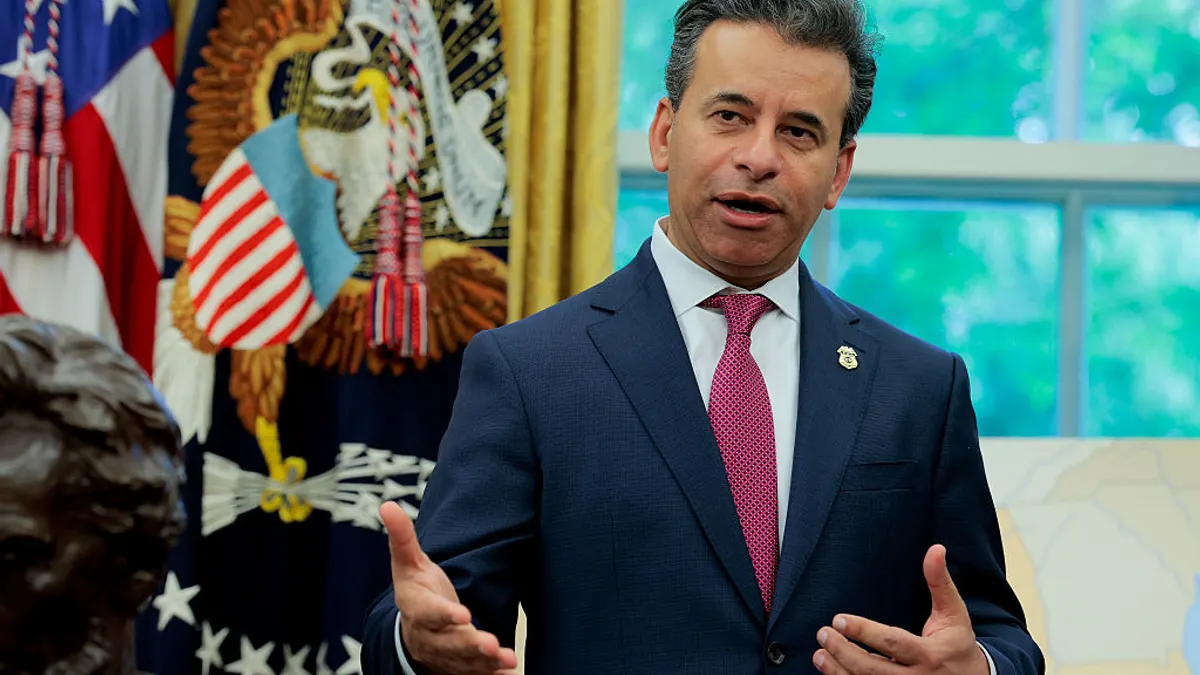Among so many questions Merck & Co.’s Mary-Ann Etiebet has about the U.S. healthcare system, one in particular rises to the top: “Why are we failing our mothers?”

Despite the country’s wealth relative to the rest of the world, the U.S. ranks 20th in maternal mortality, and we’re headed in the wrong direction, said Etiebet, who is the executive director of the Merck for Mothers program at the pharma giant. More than 80% of maternal deaths were preventable from 2017 to 2019, according to CDC data — and then during the pandemic, pregnancy-related mortality spiked further, especially among Black women, according to research released this year.
“We’re one of the only high-income countries that is getting worse, not better,” Etiebet said. “The disparity gap is increasing, and when you pull all of these things together, the question we have to ask ourselves is, why is this the case?”
When the Merck for Mothers program began in 2011, the company made a $500 million commitment to “create a world where no woman has to die while giving life,” not just in the U.S. but around the world. That lofty goal required a better understanding of the problem and its causes, and so Merck set out to invest in evidence generation, said Etiebet, who is also the assistant vice president of health equity at the company.
“We have come to a place where it is now the norm and an expectation that every maternal death is counted, every maternal death is investigated, and the insights and findings and recommendations are actually put into action,” Etiebet said. “That was not the case in 2011, and so we’re proud that in 10 years we’ve made those gains.”
The company committed $150 million more into the program in 2021 for focused efforts in countries like India, Nigeria and Kenya, as well as the U.S. in direct response to Vice President Kamala Harris’s call to action.
But race and ethnicity are still leading determinants of maternal mortality, and the gap is growing.
“In New York City, where I’m from, between 2005 and 2008, the maternal death disparity gap was five to six times more likely if you’re Black — most recently, that’s risen to eight to 12 times more likely,” Etiebet said. “The first step is to understand the problem and acknowledge the problem, and we’re doing that as a society, but we need to come together for action.”
‘Systemic racism’
Social determinants drive health outcomes more so than what is happening in the health sector, Etiebet said.
“Where we live, where we work, where we play, get educated, pray — unless we address those social determinants of health and how systemic racism is reflected in the structures and processes and practices of our health system, we are not going to make a dent in reducing health inequities,” Etiebet said.
Seeing how strongly the societal current flowed against health equity was a humbling realization for Etiebet and the Merck for Mothers team. Early investments went to improving hospital systems and “safety bundles” to deal with obstetric emergencies with the hope that the benefits would lift everyone’s standards.
“But we didn’t see that,” Etiebet said. “Even when you take into account differences in education, in age, in pre-existing conditions, if a white woman and a Black woman walked into the same hospital that’s ostensibly giving the same care, the Black woman would still have worse outcomes.”
To combat these social inequities, Etiebet and Merck for Mothers needed to understand where these differences were manifesting.
“What we are learning is that more of the deaths are happening after women are being discharged from the hospital and are back in their homes and communities,” Etiebet said. “Previously a lot of the efforts were happening within the four walls of the hospital, and so realizing that dichotomy, we purposely thought through how best to partner with communities.”
The program launched the Safer Childbirth Cities Initiative in 2018 “to surface and support community-based solutions that were created and led by people with lived experiences in those communities.” They provide mental health services for pregnant women; identify, recruit, train and support doulas and other health workers; create daycare centers and other facilities in the community; and engage in other activities across 20 cities in the U.S.
And from the investments Merck made toward community growth, Etiebet said other grassroots efforts have arisen.
“We have emphasized that we want to support collaboration on the ground, and we’ve seen that it has catalyzed even more collaboration between folks we may not be directly funding, and these groups are working locally to advocate for policies and relationships with the healthcare system to sustain the initial investments Merck and others have made,” Etiebet said.
Why Merck?
Merck for Mothers began the year Kenneth Frazier became CEO of the pharma company, and Merck has said in a statement that the effort is tied to the leader’s “legacy and commitment” to the issue, naming an equity award after him. Though Frazier stepped down in 2021, Etiebet said the company remains aligned with those goals.
“One thing you hear from Merck leaders is that this is a very concrete example of how we are working toward the end goal of improving health outcomes,” Etiebet said. “I talk about maternal mortality not just being a vital sign of the health system but of society, and so it’s going to take many of our contributions to get there faster.”
Although maternal mortality is outside of Merck’s innovation portfolio, the company’s efforts “offer something from the private sector that wasn’t previously there,” Etiebet said.
“It manifests in the legacy of programs that we’ve had over the past decades to run toward the really difficult global health challenges, whether it be cervical cancer, HIV, river blindness, and committed to making treatment available in ways that it’s needed,” Etiebet said.
‘Slivers and inklings’
Improving maternal health outcomes in the U.S. and around the world requires incremental success, Etiebet said.
“The question you ask yourself every day through the difficulties is, are we seeing the population-level impacts?” Etiebet said.
Merck for Mothers takes several measures into account, and Etiebet said the program has reached more than 20 million around the globe. Implementing hospital safety bundles, providing information about danger signs and symptoms, and making sure women have access to community services and support are also tangible effects.
But, future maternal mortality data is where the impact will be most evident.
“These are all processes and output metrics, but the Holy Grail is moving the needle on the maternal mortality rate, as well as closing the gap on disparity,” Etiebet said. “And we’re seeing slivers and inklings of that happening.”





















